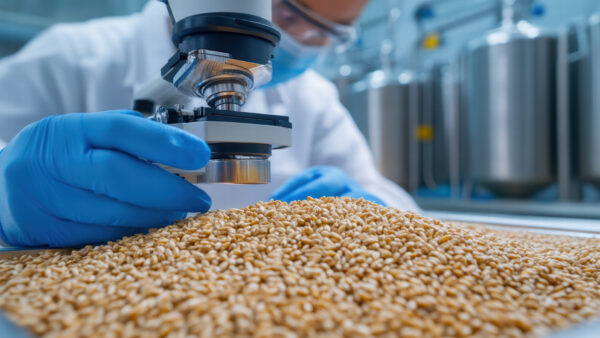With nearly two decades of experience in seed research, I’ve spent much of my career in the lab, analyzing, testing, and refining seed technologies. My journey began in 2006, where I worked extensively in internal research and development (R&D), ensuring product efficacy and performance. Over time, my role evolved, and today, as I come up on my one-year anniversary at Summit Seed Coatings, I find myself at the intersection of research and customer collaboration.
This shift—from working behind the scenes to engaging directly with industry partners—has reinforced a crucial lesson: the best innovations emerge from trust, communication, and shared problem-solving.
Bridging Science and Industry Through Collaboration
In traditional R&D, research often emphasizes internal improvements, refining formulas and methodologies with minimal external collaboration. However, I believe real progress happens when we engage directly with farmers, seed companies, and agronomists. Their insights shape the direction of research, ensuring that we’re addressing practical, real-world challenges rather than developing innovations without broader industry input.
This has been one of the biggest transitions in my career — shifting from an internal research mindset to an externally focused approach. Now, my role involves sitting down with customers, understanding their operational challenges, and tailoring research efforts to meet their specific needs. Whether it’s improving plantability, enhancing seed flow, or integrating biological solutions, the most effective R&D stems from collaboration.
Building Trust: The Foundation of Innovation
When it comes to building meaningful relationships with respective clients, trust is the foundation. Without it, customers may hesitate to share the full scope of their challenges, limiting the potential for impactful solutions. Building trust requires transparency, honesty, and a willingness to listen. Instead of assuming what the industry needs, we must engage in open conversations, ask the right questions, and offer practical insights.
In my experience, one of the best ways to foster trust is through face-to-face interactions in comfortable settings. For example, I recently met with a client in a sandwich shop. This informal setting allowed for a relaxed, open discussion where the customer felt comfortable sharing their challenges. Over lunch, we discussed the roadblocks they were facing and explored potential solutions. That conversation led to a deeper understanding of their needs and, ultimately, will lead to the development of a customized seed coating solution tailored to their specific requirements.
Building strong relationships takes time, but the effort is well worth it. When customers trust that we are genuinely invested in solving their problems—not just selling a product—they are more likely to collaborate openly, leading to better outcomes for everyone.
As the seed industry evolves, so must our approach to R&D. At Summit Seed Coatings, this philosophy guides our work every day. By prioritizing trust and collaboration, we hope to continue driving meaningful innovations in seed coatings that support the entire agricultural community.








